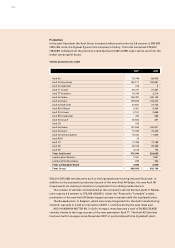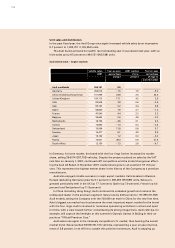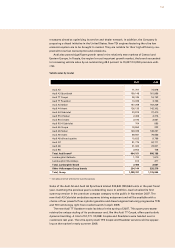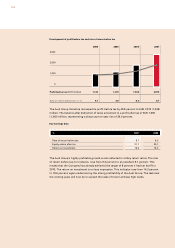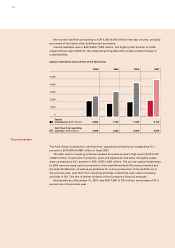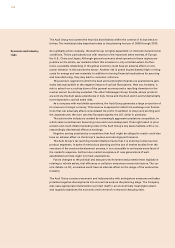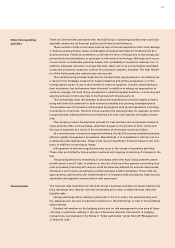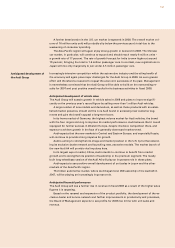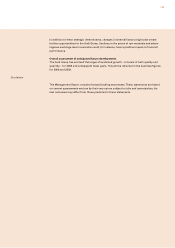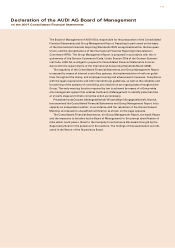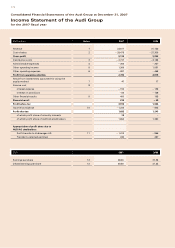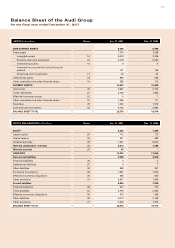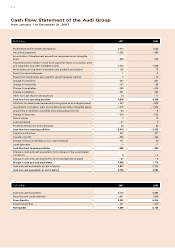Audi 2007 Annual Report Download - page 167
Download and view the complete annual report
Please find page 167 of the 2007 Audi annual report below. You can navigate through the pages in the report by either clicking on the pages listed below, or by using the keyword search tool below to find specific information within the annual report.
164
The Audi Group encounters the key risks listed below within the context of its business ac-
tivities. The individual risks described relate to the planning horizon of 2008 through 2010:
As a globally active company, the Audi Group is highly dependent on international economic
conditions. This is particularly true with respect to the important sales markets of Europe,
the U.S., China and Japan. Although general economic developments in these regions are
positive on the whole, car markets reflect this situation to only a limited extent. Further-
more, a possible weakening of the global economy could have an adverse effect on con-
sumer behavior in the automotive sector. Another risk is posed by persistently high or rising
costs for energy and raw materials. In addition to having financial implications for sourcing
and manufacturing, they may lead to consumer reticence.
The premium segment in which the Audi and Lamborghini brands are positioned is gen-
erally less susceptible to the negative impact of cyclical fluctuations. Here too, however, a
risk to sales from a cooling-down of the general economy and a resulting downturn in the
market cannot be entirely excluded. The other Volkswagen Group brands, whose products
are sold via the Audi sales subsidiaries in Italy, Korea and the Arab world, are fundamentally
more exposed to cyclical sales risks.
As a company with worldwide operations, the Audi Group generates a large proportion of
its revenue in foreign currency. This revenue is exposed to risks from exchange rate fluctua-
tions that can adversely affect consolidated net profit. In addition to the pound sterling and
the Japanese yen, the euro can also fluctuate against the U.S. dollar in particular.
The automotive industry is marked by increasingly aggressive predatory competition, in
which sales incentives are becoming more and more widespread. This might result in price
erosion and could inflate marketing costs in the Audi Group’s key sales markets, with a cor-
respondingly detrimental effect on earnings.
Negative pricing practices by competitors that Audi might be obliged to match could also
have an adverse effect on the Group’s revenue and earnings performance.
The Audi Group’s far-reaching model initiative means that it is entering numerous new
product segments. In spite of meticulous planning and the use of market studies from the
very start of the product development process, it is not possible to anticipate every facet of
the market’s response. Furthermore market acceptance of new generations of well-
established car lines might not meet expectations.
Future changes to the political and statutory environment and potential new legislation
relating to vehicle safety, fuel efficiency or pollution emissions remain risk factors. The cur-
rent debate on CO2 emissions could have an adverse effect on the image of the automotive
industry.
The Audi Group counters economic and industry risks with anticipatory measures and takes
potential negative developments into account as early as the planning stage. The Company
also uses appropriate instruments to protect itself to an economically meaningful extent,
and regularly examines the economic environment for new and changing risks.
Economic and industry
risks


